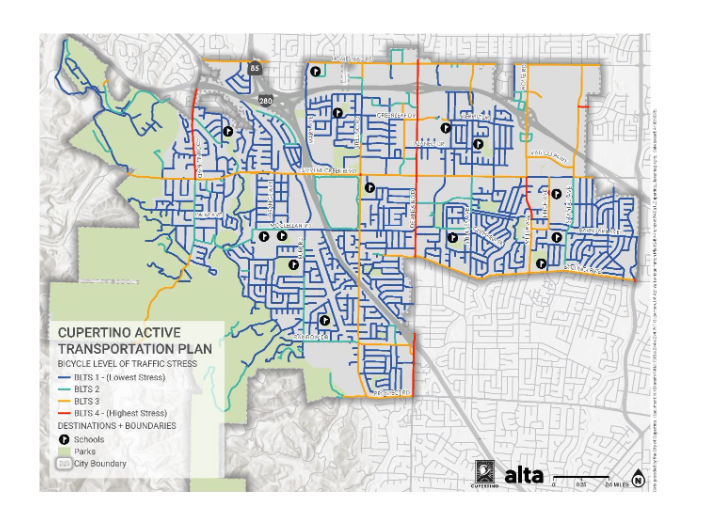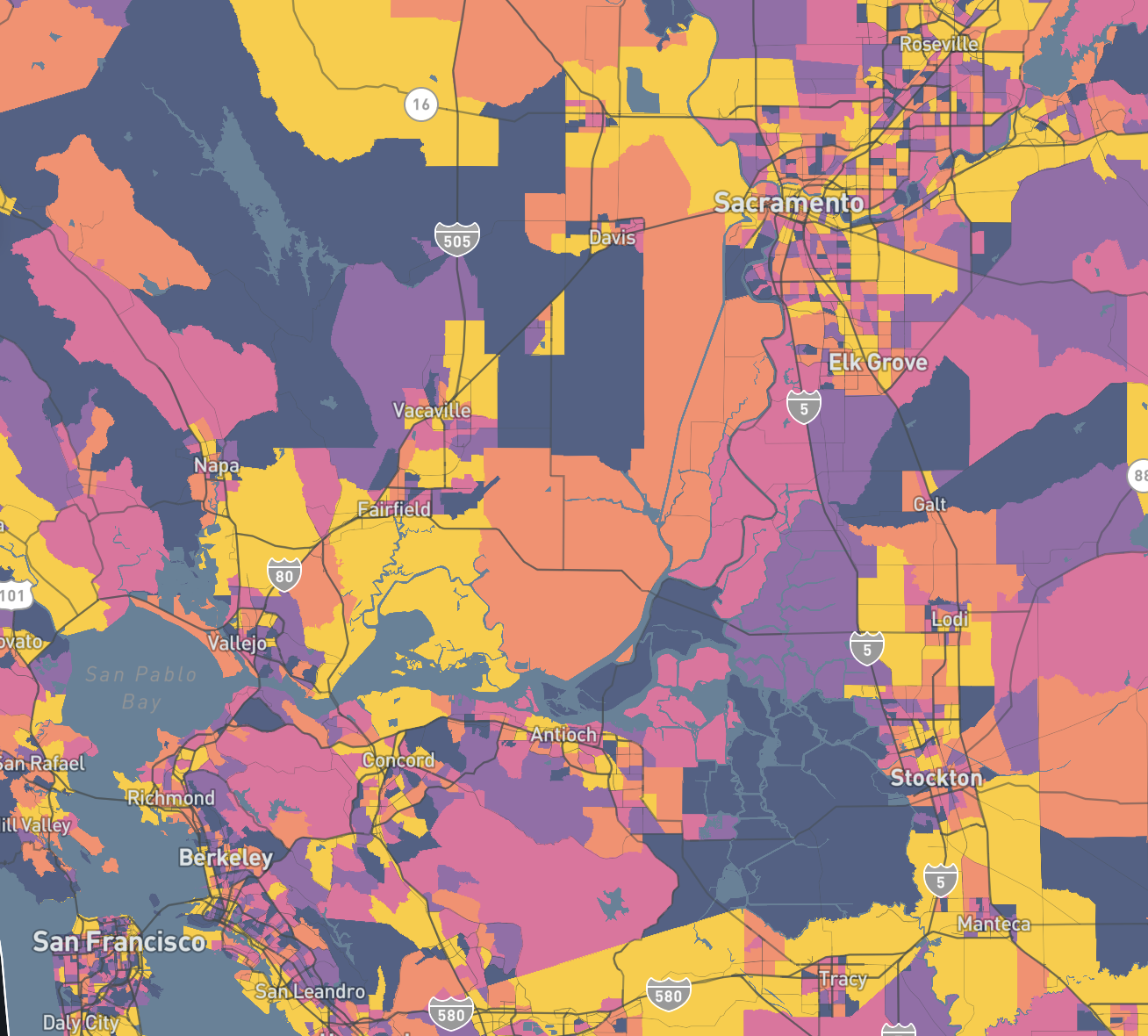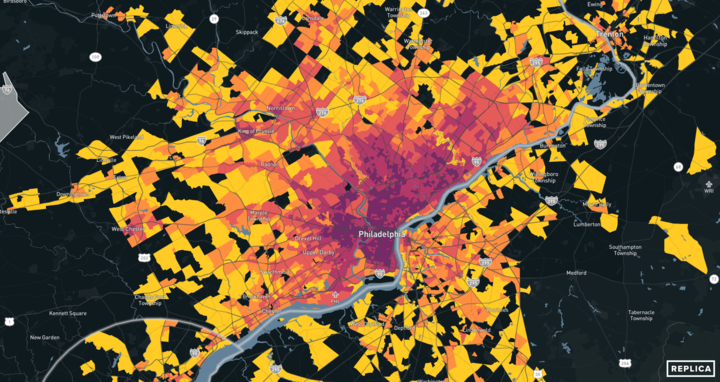Last week, a team from Replica joined the Transportation Research Board (TRB) Annual Meeting in Washington, D.C. This year’s convening focused on a subject that is central to our work: “innovating an equitable, resilient, sustainable, and safe transportation system.”
Presentations, panels, and the conversations we had with others in D.C. all returned to the role that data will play in making this possible — and we couldn’t agree more.
Here are our key takeaways from the 2022 TRB Annual Meeting:
Data must drive decision-making
Whether the conversation was about Vision Zero, electric vehicles, transportation equity, or community engagement, there was one thing I heard over and over again: “Data-driven decision-making is the only direction we can go in.” Between pandemic stimulus funds and new infrastructure spending, there’s a lot of money coming for transportation investments, and high expectations for what it can accomplish. Fresh, high-quality data has to play a role in these investments — not just in planning, but also during and after implementation in order to track the outcomes and respond to changes.
– Bailey Degnan, Customer Success Manager
The Bipartisan Infrastructure Law requires new conversations about data
The recently enacted Infrastructure Investment and Jobs Act (IIJA) — also known as the Bipartisan Infrastructure Law — ran through many conversations at TRB this year, including at the Data for Decision-Making Committee meeting, which we attended as a guest. The committee held a robust discussion of its strategic plan, with a focus on using data to support executive-level decision-making across all modes of transportation.
A timely update during the committee meeting noted that the IIJA requires the Bureau of Transportation Statistics to develop a plan for “reviewing and updating existing data analysis tools and developing any additional data analysis tools needed to assist local communities with making infrastructure investment decisions” (Section 25003 of the IIJA).
We know each community has its own infrastructure needs, and that the path to more resilient, equitable, and livable places will look different from one place to the next. With that in mind, it was encouraging to see this focus on data-driven local investment decisions in the discussion of the IIJA. Building upon the momentum from TRB, we will be closely following the implementation of the IIJA and we look forward to supporting local, regional, and state agencies with the data they need to make generational investments in infrastructure across the country.
– Max Sokol, AICP, Solutions Architect
‘Every dimension of a trip’ matters for climate goals
The keynote address is a highlight of every TRB conference, and this year Transportation Secretary Pete Buttigieg’s remarks focused on the implementation of the Investment Infrastructure and Jobs Act. In a Q&A session, Secretary Buttigieg was asked about the need to reduce emissions from surface transportation, a key effort of the IIJA and an important one for state, local, and federal agencies trying to meet ambitious climate goals.
In his response, Secretary Buttigieg emphasized the need to examine “every dimension of a trip” to see how it could be made greener. It’s vital to know more than just how trips are made, and to know more than high-level details of trips in aggregate. There’s a pressing need to have data that covers so much more — including the purpose of trips, the attributes of people taking those trips, and the other options available to them — in order to make decisions that drive successful, sustainable, and equitable outcomes.
Since the secretary’s remarks, I keep thinking about the phrase “every dimension of a trip.” It connects to another point he made: that housing, work, and transportation need to be better integrated through efforts like transit-oriented development. Transportation networks, and the decisions made about them, don’t exist in a vacuum. Not so long ago, it was difficult and expensive — if not impossible — for planning agencies to get comprehensive, granular data that spans people, mobility, land use, and economic activity all in one place. It’s why we’re proud at Replica to have built the first nationwide activity-based travel model, and why we believe it’s an essential tool for anyone making infrastructure investments for the future.
– Mike Lally, Head of Business Development








